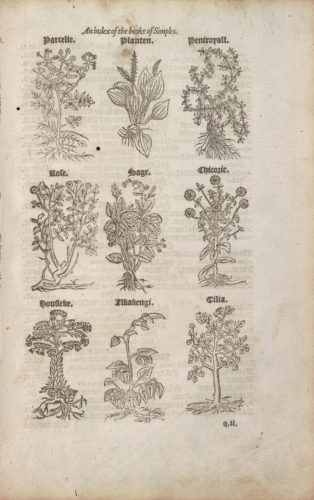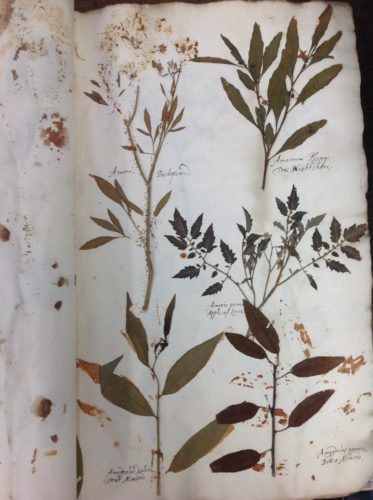The early modern garden was also a space of enquiry into the secrets of nature – secrets that were thought of in both religious and proto-scientific terms, and sometimes both at once. Of particular interest were the medicinal virtues of plants, which might be used as the basis of health-restoring ‘simples’ or ‘physic’. On the one hand, the widespread idea of reading the ‘book of nature’ or the ‘book of the world’, as the second part of God’s revelation alongside the book of scripture, gave Christians licence to seek knowledge of God in his creation. On the other, as the seventeenth century progressed, botanists and physicians became increasingly interested in using sensory, empirical evidence to understand the natural world. These two strands of thought came together in the idea that herbs and plants had medicinal qualities that could be uncovered by experiment. In developing new medicines that would improve health and extend life, botanists and physicians were supposed to help restore humankind to a state of Edenic happiness.
The two images here demonstrate different ways of recording botanical knowledge in the early modern period. The image on the left is taken from a popular ‘herbal’, which includes illustrations to help readers identify certain plants as well as information about their effects in treating a variety of ailments. The image on the right is from a ‘hortus siccus’, a collection of dried botanical specimens: it exemplifies a turn away from texts and representations as a means of communicating knowledge to a new interest in the material object itself.












